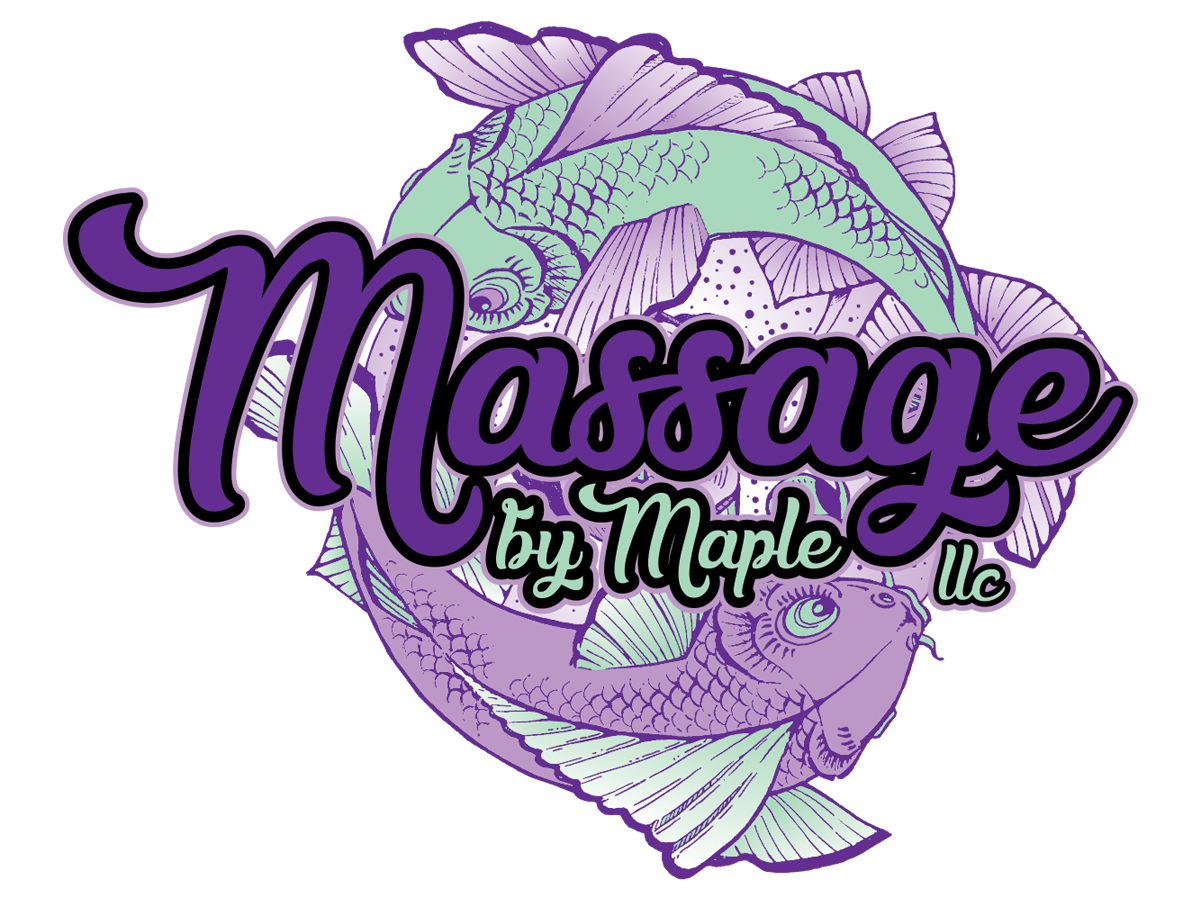
According to the World Health Organization, 1 in 160 children have autism spectrum disorder (ASD). ASD is a developmental disability that can cause significant social, communication, and behavioral challenges. One of the most prevalent challenges associated with ASD is sensory processing disorder. This is a condition whereby people have difficulty receiving and responding to information coming in through the senses, oftentimes being overly sensitive, even associating loud noises or gentle touch as overwhelming or even painful. However, research has shown that touch can help people with autism overcome or better manage sensory processing disorders and help lead to a more normal life. While this is an amazing development there are a few things to be aware of, whether you have ASD or are bringing in a family member who does.
The effects and benefits of massage are extremely individualized, especially in those with ASD. To some, massage can bring significant discomfort, while others appreciate the act. Each session with a client with ASD is customized so you or your loved one can get the most benefit. This may mean working a very limited area to introduce this form of touch, like only a short session on the hands or feet first, and slowly increasing the time and area each session. It may also mean that we cut any session short so as not to overstimulate. Many people with ASD have a hard time with full 60- or 90-minute sessions at first, but may often work their way up to that. The goal is to produce positive sensory input and aid in balancing the brain’s processing areas that are affected by the disorder. For some, applying slow, sustained, deep pressure to joints and the surrounding tissue can deliver intense relief of some symptoms and reduce mal-adaptive and self-stimulating behaviors. For those with repetitive and ritualistic movements, muscle soreness may be common and often adds to the sensory difficulty, but isn’t often recognized for what it is. Massage can help to relieve much of that soreness at the same time, effectively doubling the benefit.
We can adjust the approach to each individual but it is imperative that we know as much information as possible when going into the treatment and that you communicate clearly throughout. If communication isn’t possible with the client, I always want a guardian present to be able to interpret for me and direct what adjustments need to be made.
While there is so much to learn about Autism and how massage and other therapies may help, one thing that is known, is that touch can help them manage some of their frustrations. If you have more questions, please reach out and we can discuss your individual needs!
